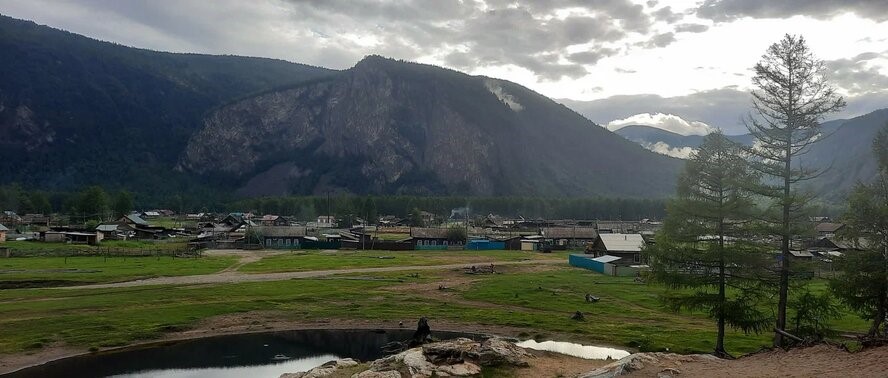|
|
Dr. Belyaeva-Sachuk
Senior Research Fellow, Arctic Research Center, Museum of Anthropology and Ethnography, Russian Academy of Sciences
|
The Tofalar. The Surrounding Society and the Main Economic Activity of the Region
Tofalariya is located in the southwest of the Nizhneudinsky district, which forms part of the Irkutsk region. The Irkutsk region, a subject of the Russian Federation, is the easternmost part of the Siberian federal district. It was established in 2000 and ranks second in size after the Krasnoyarsk Territory.
The Russian Cossacks began to settle there in the 17th century. The Irkutsk (Yandashsky) fort, which grew into what Irkutsk is today, was founded in 1661. The city is one of the main cultural and economic centers of Eastern Siberia. The Irkutsk region ranks the highest in the Siberian federal area in many economic indicators: investments, tax payments, profitability, and gross regional product. One of the main industries is forestry. According to the government of the Irkutsk region, in January-June 2022, 14.1 million cubic meters of wood were harvested, including 13.2 million under private lease agreements.
An important industry that allows the region to continue developing is hydropower. There are four hydroelectric power stations there: three on the Angara (Bratskaya, Ust-Ilimskaya, Irkutskaya), and Mamakanskaya station on the Mamakan. The large reserves of minerals in the Irkutsk region allow industrial extraction and enrichment of gold, coal, iron ore, mica, and limestone. Furthermore, there are enterprises that produce polymers, aluminum, and petrochemicals. In 2012, the oil production industry emerged, and there are plans to set up a gas chemical industry. In recent years, the pharmaceutical industry has been actively developing. It produces not only ready-to-sell drugs but also pharmaceutical precursors. Tourism is also one of the promising areas for development in the Irkutsk region, attracting tourists primarily due to its proximity to Lake Baikal and an opportunity to explore the ancient Siberian city of Irkutsk, which before the Revolution had been known as the “Paris of Siberia.”
The Nizhneudinsky district traditionally specializes in the timber industry, logging, and woodworking in particular. According to the administration of the district, the annual volume of timber is about 600 thousand cubic meters. Another promising industry is food production. Agriculture is also developed, carried out mainly by private farms.
There are no industrial enterprises on the territory of Tofalariya, and the entire local population works in the public sector or engaged in traditional trades. Despite a great tourism potential, this industry is practically nonexistent here. This is primarily due to the lack of roads to Tofalariya. Communication with the regional center and between the villages is carried out by helicopters. Flights come in once or twice a week depending on weather conditions. The local population uses this service on a regular basis, although they have to register for flights well in advance. In addition, locals often have to wait as long as several weeks for their flight. In this situation, planning any tourism-related transfer is extremely difficult while renting a private helicopter is too expensive.


























































